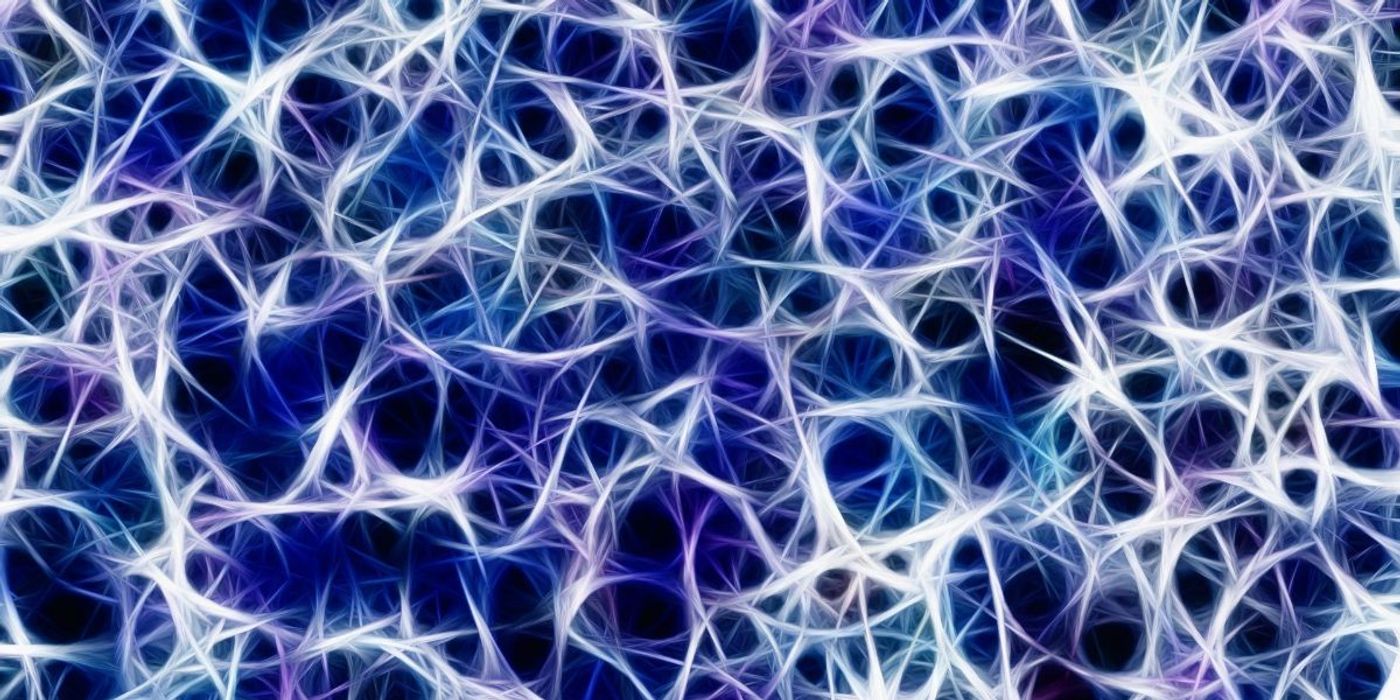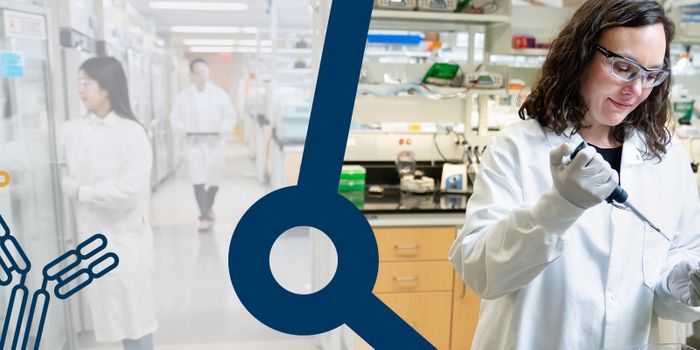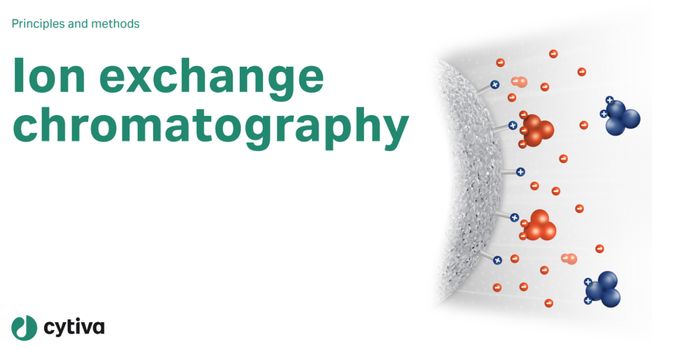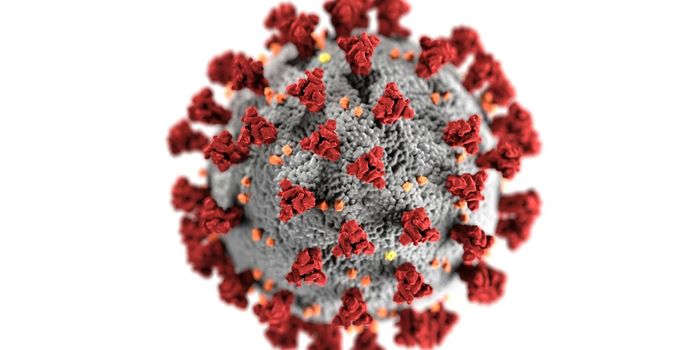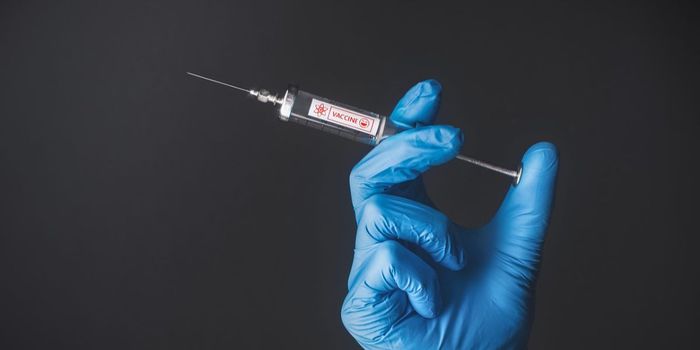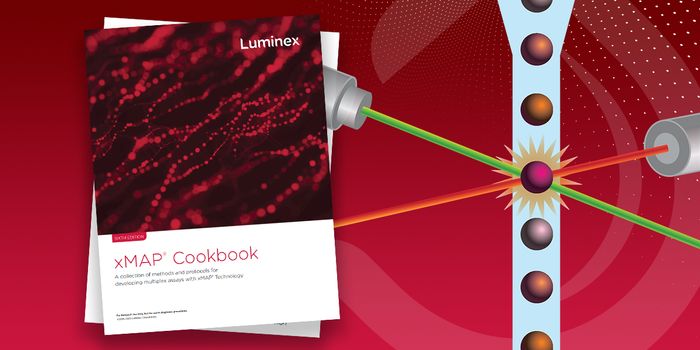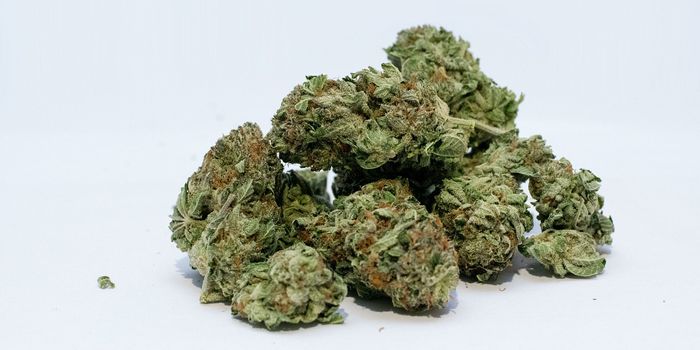Anti-Diarrhea Drug Kills Aggressive Brain Cancer Cells
Glioblastoma is a very aggressive and lethal form of brain cancer that responds poorly to chemotherapy in children and adults. As such, new ways to tackle the disease are urgently needed. Now, researchers from Goethe University in Germany have found that Loperamide, an anti-diarrhea medication, can induce cell death in these cancer cells.
Early research suggests that the drug works via a mechanism known as autophagy-dependent cell death. Autophagy is a cellular mechanism that regulates metabolic processes and allows the recycling or orderly breakdown of cellular components to ensure the cell’s survival. Autophagy-dependent cell death works by disrupting this process in cells in such a way that they can no longer survive.
In their experiments, the researchers found that Loperamide leads to a stress response in the endoplasmic reticulum (ER)- a cell organelle key for protein synthesis in the body. This stress leads to degradation and then self-destruction of cells. In particular, they found that the drug and ER stress response both increase levels of a factor known as ‘Activating Transcription Factor’ (ATF4), which triggers the destruction of ER membranes and the ER.
To test its relevance in the drug mechanism, they tried blocking it. In doing so, they noted that far fewer cells in tumor cell cultures died, even after adding Loperamide, thus suggesting it to be a key part of the drug mechanism.
The researchers also found that the drug only triggers autophagy, and not cell death, in other cells too, including embryonic mouse fibroblasts. This follows on from its usage as an antidiarrheal treatment, where it binds to specific sites in the intestine but is not absorbed by the bowel, thus making it largely harmless.
The researchers say that their findings could help develop new therapeutics for glioblastoma, as well as other conditions where ER degradation is disrupted, such as dementia and other types of tumor. Before this may be the case, however, further studies are needed to investigate, for example, how Loperamide may be transported across the blood-brain barrier and to the brain.
Sources: Neuroscience News, Autophagy
